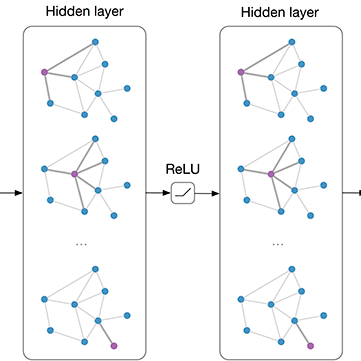Collaborative filtering (CF) is widely searched in recommendation with various types of solutions. Recent success of Graph Convolution Networks (GCN) in CF demonstrates the effectiveness of modeling high-order relationships through graphs, while repetitive graph convolution and iterative batch optimization limit their efficiency. Instead, item similarity models attempt to construct direct relationships through efficient interaction encoding. Despite their great performance, the growing item numbers result in quadratic growth in similarity modeling process, posing critical scalability problems. In this paper, we investigate the graph sampling strategy adopted in latest GCN model for efficiency improving, and identify the potential item group structure in the sampled graph. Based on this, we propose a novel item similarity model which introduces graph partitioning to restrict the item similarity modeling within each partition. Specifically, we show that the spectral information of the original graph is well in preserving global-level information. Then, it is added to fine-tune local item similarities with a new data augmentation strategy acted as partition-aware prior knowledge, jointly to cope with the information loss brought by partitioning. Experiments carried out on 4 datasets show that the proposed model outperforms state-of-the-art GCN models with 10x speed-up and item similarity models with 95\% parameter storage savings.
翻译:合作过滤(CF) 以各种类型的解决方案在建议中被广泛搜索 。 CF 中的图形革命网络(GCN)最近的成功展示了通过图形建模高阶关系模式的有效性,而重复的图形变相和迭代批量优化则限制了其效率。相反,项目相似模型试图通过高效的互动编码建立直接关系。尽管其性能很高,但不断增长的项目数量导致类似模型过程的四级增长,造成严重的可缩缩缩缩问题。在本文件中,我们研究了最新的GCN 模型中为提高效率而通过的图表抽样抽样战略,并确定了抽样图中的潜在项目组结构。基于这一点,我们提出了一个新型项目相似模型模型,引入图形分割,以限制每个分区内的项目相似性模型。具体地说,我们显示原始图的光谱信息很好地保存了全球级信息。随后,它又增加了一种微调地方项目相似性,即作为分解识别前知识,共同应对通过分割生成的信息损失。在4个数据元模型上进行的实验显示10个模型的存储速度项目与95个模型的模型显示类似的存储速度。





